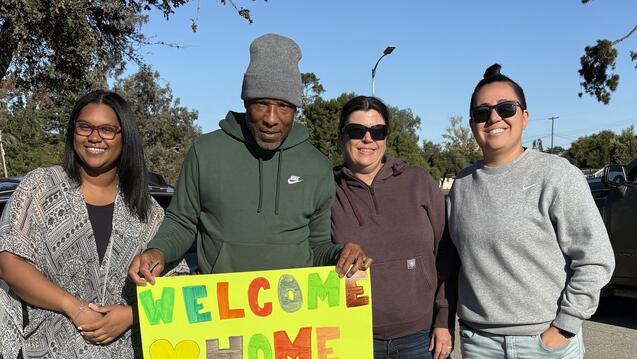Beyond the Vote

1.What did passage of the 19th Amendment mean?
The popular notion today is that 1920 was a watershed for women’s suffrage in the U.S. It’s a little-known fact that some women voted well before 1920, all the way back to the colonial era. And after 1920, women of color remained disenfranchised in many parts of the U.S., as did many poor women, regardless of race. Race, class, citizenship status — all of these continued to limit access to the vote.
2. Women voted in the colonial era? How so?
Property ownership was the criterion for voting. If women owned property, they could vote.
3. When did that change?
In the early national period. As states wrote their constitutions, they disenfranchised even property-owning women, as some colonial legislatures had previously done. In the ensuing decades, the forcible incorporation of native lands and peoples into the U.S. undermined many longstanding political rights, including voting rights, that indigenous women had within their own nations. It’s troubling, but a period of disenfranchisement created the need for an enfranchisement movement.
4. Can you give an example of disenfranchisement after 1920?
African American women, especially in the South, did not begin to have an effective guarantee of the vote until the Voting Rights Act of 1965. And even then voter suppression remained a problem — and is to this day.
5. What should we take away from the history of women’s suffrage?
Many centennial commemorations are celebrating the women’s suffrage movement as an unqualified triumph, but it wasn’t. We still haven’t achieved equal access to the ballot.


